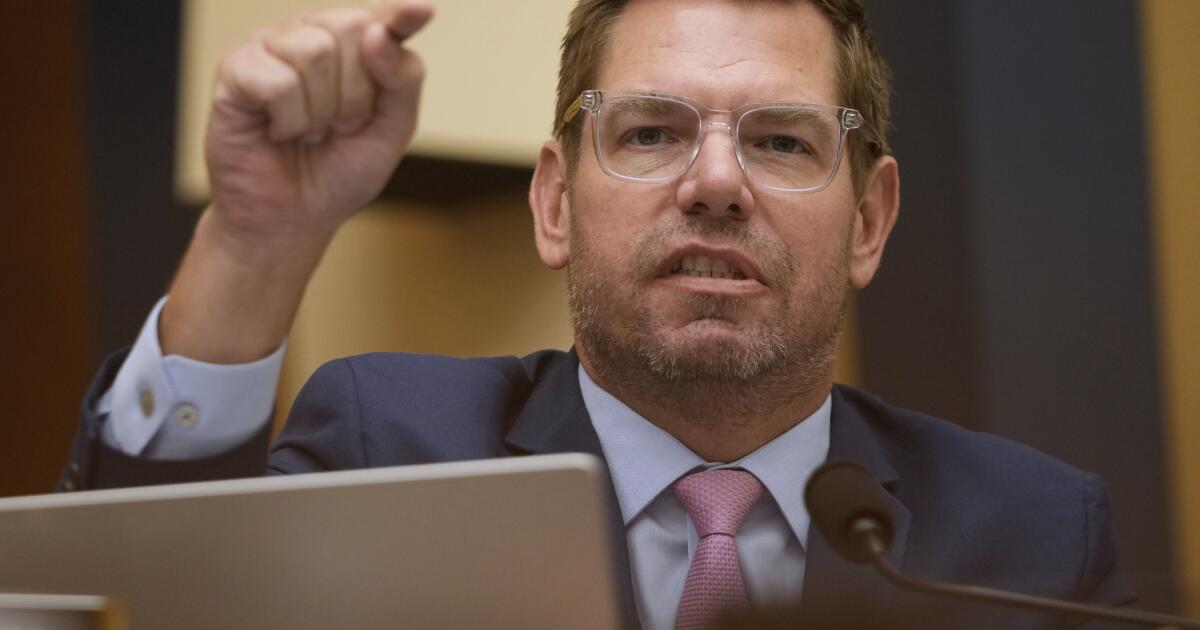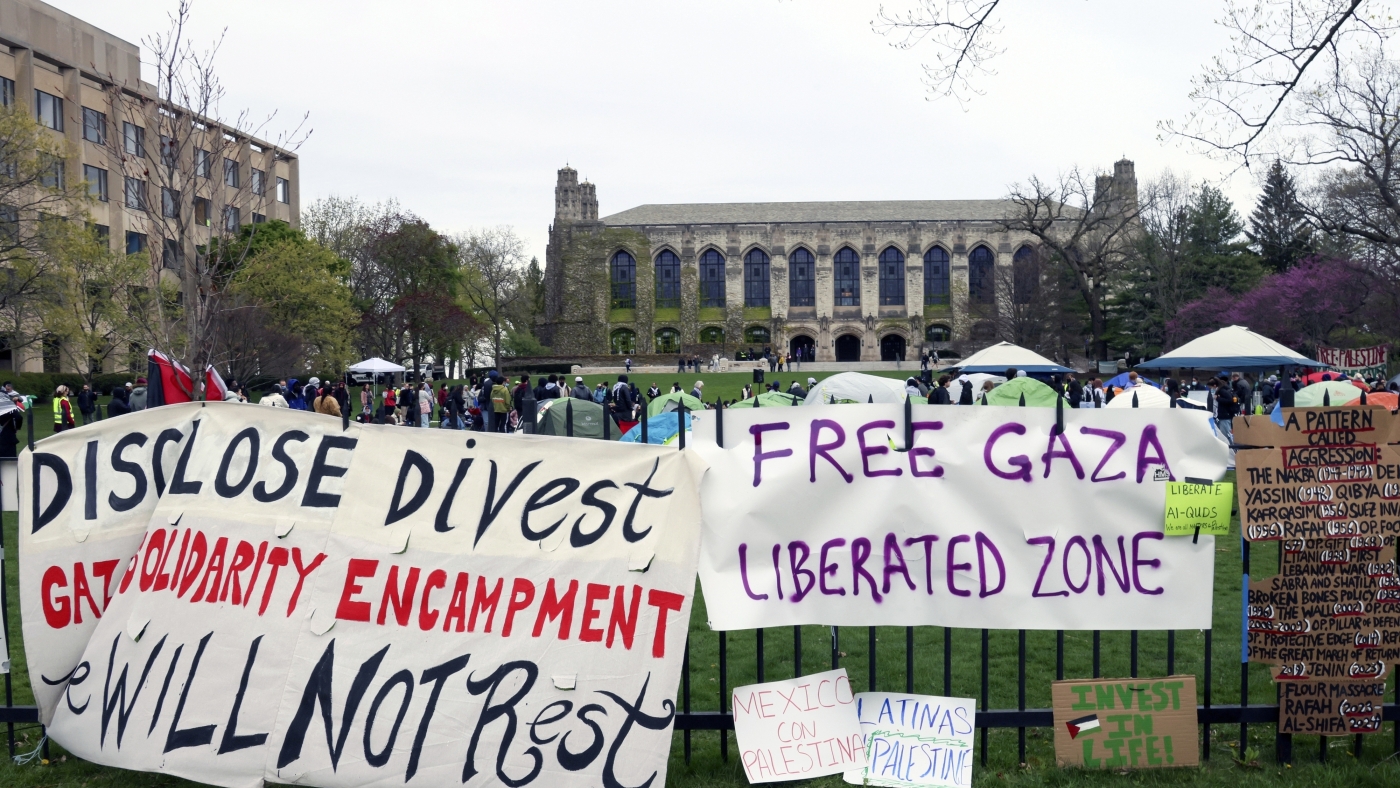Nevada
3 rare species found in NV may warrant endangered species protections, say feds

On Wednesday, federal wildlife managers announced that three rare species found in Nevada may warrant federal protections under the Endangered Species Act.
Following a three-month review by the U.S. Fish and Wildlife Service, government officials say they’ve found substantial evidence that a flower, a toad, and a rabbit who call Nevada home may be eligible for listing.
Those species are the Railroad Valley toad — one of the smallest western toad species, the white-margined penstemon — a rare perennial plant restricted to the Mojave Desert, and the pygmy rabbit — a small rabbit found in the Great Basin, according to Nevada Current.
Based on the review, federal wildlife officials will conduct a one-year status review to either approve or deny listing proposals for the three species.
Isolated from other toads by miles of arid desert, the Railroad Valley toad is confined to a single spring-fed wetland habitat across 445 acres of land in Nye County.
Under their review, the U.S. Fish and Wildlife Service found there were credible threats to the rare toads’ existence that warranted further analysis, including oil and gas extraction in Railroad Valley, and proposals for lithium extraction.
Federal land managers also concluded that protections for the white-margined penstemon — a small flower that grows on sandy washes and stabilized dunes — may be necessary due to habitat loss from land development, climate change, and the degradation of habitat due to off-highway vehicle use.
The rare wildflower only grows in four counties across the Mojave Desert: Clark and Nye counties in Nevada, San Bernardino County in California, and Mohave County in Arizona.
Both the white-margined penstemon and the Railroad Valley toad were considered for federal protections after the Center for Biological Diversity petitioned the federal government to list the species under the Endangered Species Act.
Conservationists say the rare wildflower’s survival is threatened by urban expansion under the proposed Clark County lands bill and the advancement of the proposed Southern Nevada Supplemental Airport. The Nye County population of the flower in the Amargosa Desert is also threatened by transmission line construction and fast growing solar energy development, said Patrick Donnelly, the Great Basin director at the Center.
“The Bureau of Land Management and Nevada politicians are letting all manner of industries run roughshod over our public lands, putting the Silver State’s remarkable biodiversity in jeopardy,”Donnelly said. “The Endangered Species Act is the most successful conservation law in the world at preventing extinction, and it’s our best chance to save the white-margined penstemon and the Railroad Valley toad.”
Federal wildlife officials said they would also further evaluate whether the pygmy rabbit warranted federal protections under the Endangered Species Act.
After being petitioned by several conservation groups — including the Western Watersheds Project, Center for Biological Diversity, WildEarth Guardians, and the Defenders of Wildlife — wildlife managers said a compound of wildfire, cheatgrass, and climate change may warrant further protections for the rabbit.
The small Great Basin rabbit lives in sagebrush habitat across central Nevada, eastern California, southwestern Utah, southern Idaho, southwestern Montana, southeastern Oregon, and southern Washington.
The pygmy rabbit population in Washington’s Columbia Basin has been listed as endangered since 2003, but following their review the U.S. Fish and Wildlife Service found that listing the pygmy rabbit range wide, as a threatened species or an endangered species, may be warranted.
“I’m relieved that these vulnerable species are moving one step closer to getting the life-saving protections they need,” said Donnelly. “As climate change rages and habitat destruction devastates public lands, Nevada is on the front lines of the extinction crisis. If we don’t act to save the state’s rare plants and animals, they’ll disappear forever.”

Nevada
Fremont Cannon to stay red as Nevada loses to UNLV 42-17

RENO, Nev. (Nevada Athletics) –
Postgame Notes
• Nevada finishes the 2025 campaign 3-9 overall and 2-6 in Mountain West play after Saturday’s 42-17 loss to UNLV.
• Safety Murvin Kenion III posted his second two-interception game of the season, finishing the season with a team-leading five.
Kenion finished the game with five tackles.
• Running back Caleb Ramseur scored his team-leading seventh and eighth touchdowns of the season, both on the ground.
• Caleb Ramseur rushed for 95 yards and two touchdowns on 15 carries … Ramseur finished the season as Nevada’s leading rusher with 683 yards.
• Chubba Purdy was next after Ramseur with 73 rushing yards on six carries.
• Kicker Joe McFadden was 1-for-2 on field-goal attempts … His made field goal was his 18th of the season, tied for eighth best in Nevad single-season history.
• Punter Bailey Ettridge averaged 47.3 yards over three punts with a long of 52, and one punt down on the two-yard line.
• UNLV running back Jai’Den Thomas ran for 103 yards and four touchdowns on 11 carries … He is the only 100-yard rusher the Wolf Pack allowed this season.
• Nevada did not allow a 300-yard passer all season.
Copyright 2025 KOLO. All rights reserved.
Nevada
Portland vs. Nevada TV & Stream – Nov. 29 | Rip City Radio 620 Portland
Nevada
Second-half surge lifts Nevada to 81-65 win over San Francisco
A second-half surge, and some energetic play by the freshmen, led to a dominating win for the Nevada basketball team.
The Wolf Pack beat San Francisco, 81-65, on Friday in the Acrisure Series, a multi-team event in Palm Desert, California.
Nevada led 38-37 at the half, but then shot 75 percent from the field in the second half, 18-of-30, and 48 percent for the game, 30-of-63.
The Pack’s Corey Camper Jr. led all scorers with 22 points; he also racked up six assists as Nevada improved to 5-3 overall. Elijah Price had 11 and Ethan Croley, a freshman, had 11 points and 10 rebounds. Peyton White, also a freshman, had 10.
Nevada freshman point guard Myles Walker played 17 minutes, providing a huge boost off the bench and a defensive spark. He scored seven points on 3-of-3 shooting, 1-1 from the arc, with three assists and no turnovers.
David Fuchs led the Dons (5-3) in points with 16 and rebounds with nine.
Key stats
The Pack forced 15 turnovers while committing four, and turned those into 15 points.
Nevada was 14-of-18 from the free throw line and the Dons were 20-of-25.
Both teams hit seven 3-pointers, Nevada was 7-of-14 and San Francisco was 7-of-25. The Pack hit 3-of-4 from the arc in the second half.
San Francisco had a 34-29 rebounding advantage.
The Pack outscored the Dons, 38-20, in the paint.
Up next
Nevada hosts UC San Diego at 7 p.m. Tuesday.
The Tritons, who play in the Big West Conference, are 7-0 and off to their best-ever Division I start. UC San Diego beat Towson, 87-73, on Wednesday as nine different players hit 3-pointers.
The Tritons shot 64 percent from the arc in that game and 60.4 percent overall. The win was UC San Diego’s 20th consecutive regular season victory dating back to January.
Nevada’s remaining schedule
- Tuesday, Dec. 2, 7 p.m. vs. UC San Diego (TV: KNSN, Ch. 21; Radio: 95.5 FM)
- Sunday, Dec. 7, 2 p.m. at Washington State (Radio: 95.5 FM)
- Saturday, Dec. 13, 7 p.m. vs. Duquesne
- Saturday, Dec. 20, 7 p.m. vs. Boise State
- Tuesday, Dec. 30 at Colorado State
- Saturday, Jan. 3 at Fresno State
- Tuesday, Jan. 6 vs. San Diego State
- Saturday, Jan. 10 vs. Wyoming
- Tuesday, Jan. 13 at Utah State
- Saturday, Jan. 17 at Air Force
- Tuesday, Jan. 20 vs. San Jose State
- Saturday, Jan. 24 at New Mexico
- Tuesday, Jan. 27 vs. Grand Canyon
- Friday, Jan. 30 vs. UNLV
- Tuesday, Feb. 3 at Boise State
- Saturday, Feb. 7 vs. Fresno State
- Saturday, Feb. 14 at San Diego State
- Tuesday, Feb. 17 at San Jose State
- Saturday, Feb. 21 vs. Utah State
- Tuesday, Feb. 24 vs. New Mexico
- Saturday, Feb. 28 at UNLV
- Tuesday, Mar. 3 at Wyoming
- Saturday, Mar. 7 vs. Air Force
-

 Science1 week ago
Science1 week agoWashington state resident dies of new H5N5 form of bird flu
-

 Business5 days ago
Business5 days agoStruggling Six Flags names new CEO. What does that mean for Knott’s and Magic Mountain?
-

 Politics3 days ago
Politics3 days agoRep. Swalwell’s suit alleges abuse of power, adds to scrutiny of Trump official’s mortgage probes
-

 Ohio4 days ago
Ohio4 days agoSnow set to surge across Northeast Ohio, threatening Thanksgiving travel
-

 Southeast1 week ago
Southeast1 week agoAlabama teacher arrested, fired after alleged beating of son captured on camera
-

 News1 week ago
News1 week agoAnalysis: Why Democrats are warning about Trump giving illegal orders | CNN Politics
-

 Business1 week ago
Business1 week agoFormer Google chief accused of spying on employees through account ‘backdoor’
-

 Technology3 days ago
Technology3 days agoNew scam sends fake Microsoft 365 login pages

















